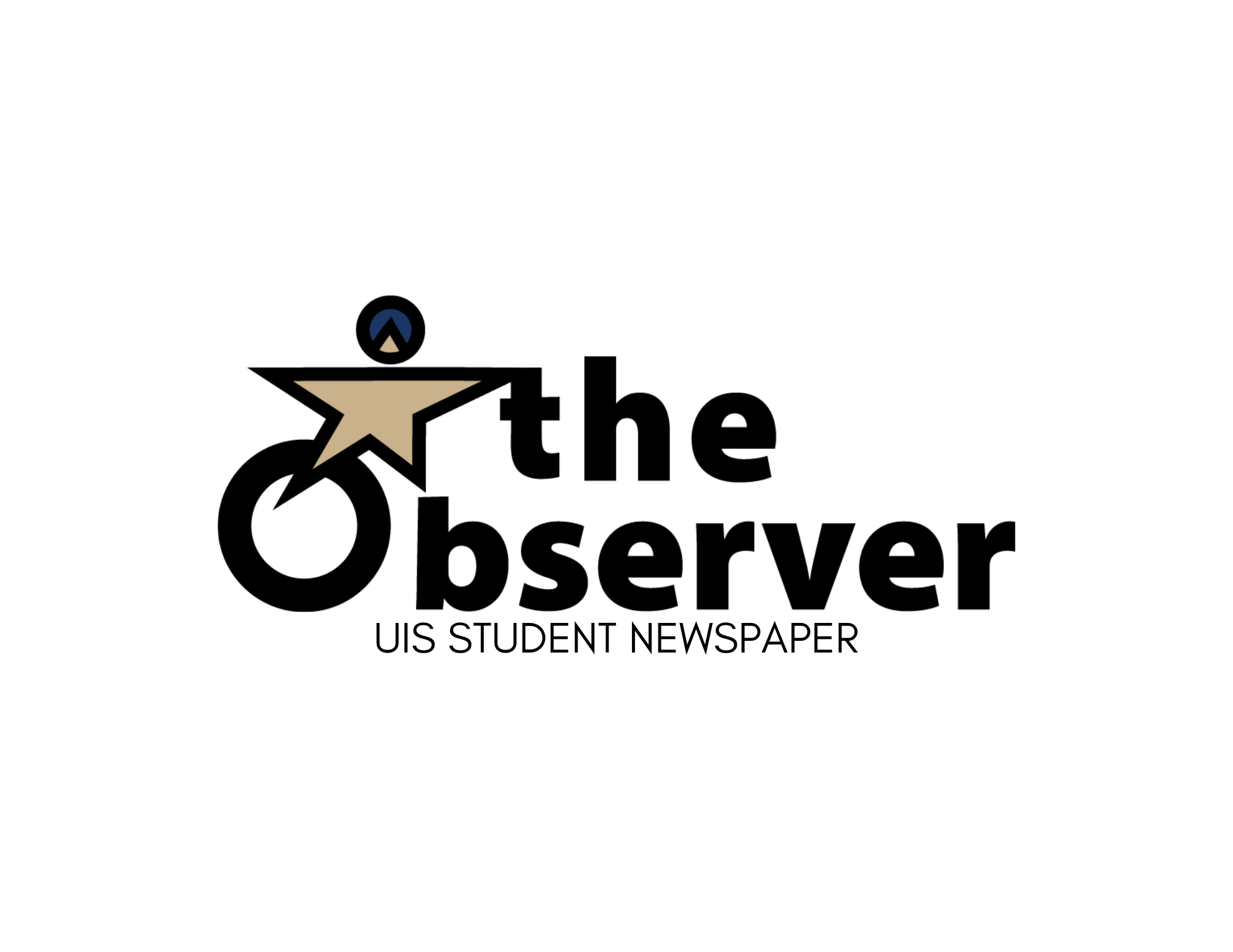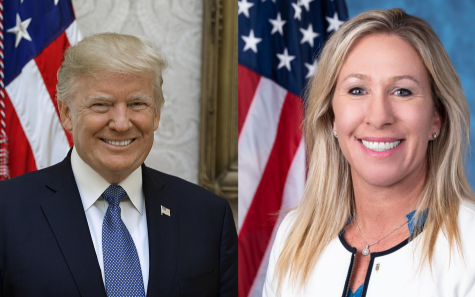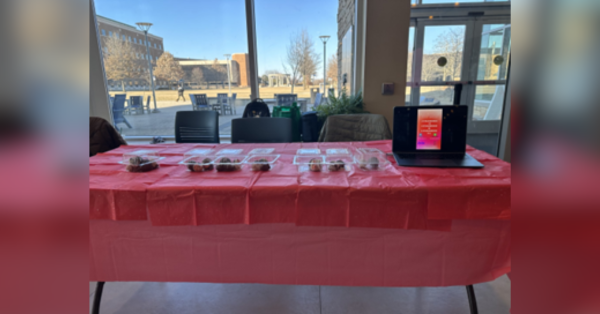UIS Retention Rates
The University of Illinois Springfield’s retention rate hit an all-time low of the last ten years with only 66% of first-time freshmen who enrolled in Fall 2020 returning for a second year of school, according to university data provided to The UIS Journal.
Vice Chancellor for Academic Affairs and Provost Dennis R. Papini said he is not sure the 101 student enrollment drop was entirely due to the COVID-19 pandemic.
The University is using data from the National Student Clearinghouse, a nonprofit that provides student data reporting, which allows them to see if students transferred or whether they dropped out, said Vickie S. Cook, Associate Vice Chancellor for Online, Professional, and Engaged Learning.
From the data, Cook said, “It’s pretty apparent [students] left due to not being able to afford to stay at the university.”
Cook is leading the research effort as part of the committee, which includes Papini, tasked with answering the question – who is leaving the University and why?
She said data reports revealed that 52 students are no longer enrolled at any school, 26 students transferred to a community college, and 23 students transferred to another university.
Cook said the lack of affordability at UIS is related directly to COVID-19.
“Families and students have been hit hard” and the pandemic has affected “jobs, living conditions, and mental health,” Cook said.
Aislinn L. Diaz, senior, and member of the LatinX Initiative, a program focused on Latinx success in higher education, said COVID was a huge factor for Black and Latinx students especially if there was job loss in the family and financial support was unavailable.
Communities of color were disproportionately affected by the pandemic with Black and Latinos dying of COVID-19 at higher rates compared to other groups, according to the U.S. Centers for Disease Control and Prevention.
“For those I know that decided to take a hold, it was because they wanted to go home and help their families anyway they could,” Diaz said.
The school may change when they release the financial aid packages to students to help them decide whether to return another year, Cook said. Instead of releasing financial packages in March, she said, they may send out estimated numbers in January. Also, the committee is seeking to alter when institutional scholarships are offered to later in March instead of the summer.
“We think those two things will help students be able to afford college in the fall,” she said.
Of those students who transferred to another 4-year institution, seven went to the University of Illinois at Champaign, and three went to the University of Illinois at Chicago, Cook said.
Papini said it is typical for students to go to a sister school because UIS may not offer the selected programs, such as engineering, which the other universities have.
The national gold standard in retention rate that all universities strive for is 80% or higher, he said.
Data from the UIS Department of Institutional Research show retention rates prior to 2020 range over the last 10 years from 71.4% in Fall 2011 to the highest rate in fall 2013 of 79.1%.
In 2019, the freshman retention rate was 73.5%, a five percent decrease from 2018.
A breakdown of the retention rate by gender and race for 2020 was not made available in time for reporting by the Department of Institutional Research.
Retention rates for 2019 from the Student Data Book Fall 2020 published by the University of Illinois System, provides stark differences amongst race/ethnic group rates with Asian students at 100%, Black students at 62.7%, Hispanic/Latino students at 62.1%, and White students at 80.5%.
Overall female student retention rate in 2019 was 74.9 % compared to 72.8 % for male students, according to the data.
Papini said retention rate is a university-wide effort with academic affairs, student affairs, including student programming “engaging students once they are on campus.”
Necessary Steps, a first-generation support program, and the Diversity Center are part of the effort to help engage students on campus.
Diaz said in an effort to support Hispanic students, the LatinX Initiative is launching a mentorship program which pairs Latino students with upperclassmen.
Aislinn L. Diaz, senior, and member of the initiative, said she brought the idea of relaunching the program to the committee because “Latino students that come from a primarily Latinx community may struggle to find their culture on campus, to find people like them.”
She said the program will help students who come from Latino neighborhoods transition and adjust to the cultural shock of attending a school that is primarily White.
Having connections with people who share the same cultural background is important, Diaz said.
If she is having issues with her family, some students may not be able to understand, “because they don’t come from a Mexican family,” she said.
The deadline for the mentorship program was Friday, Oct. 15, but students who want to get involved in other ways are encouraged to drop by the Diversity Center where the LatinX Initiative is located, she said.

















